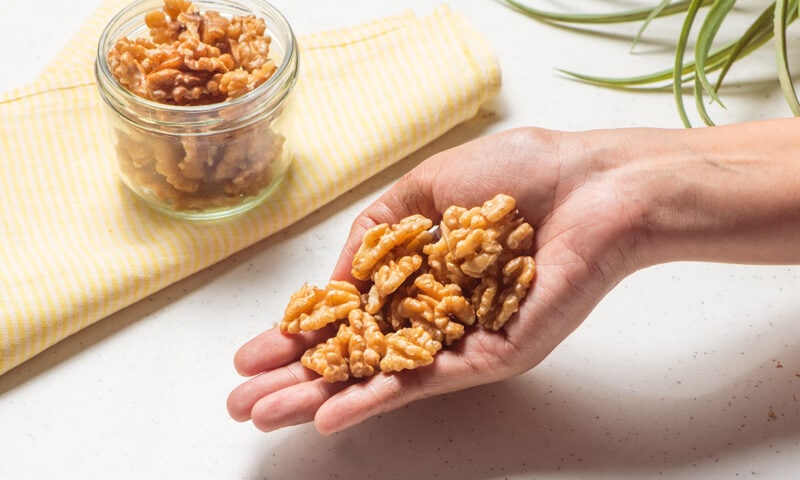Have you ever wanted to start your own herb garden at home, but thought it might be too difficult? Don’t worry, you don’t need a green thumb or a huge backyard to do this. Even if you live in a small space, you can still utilize any empty windowsill space.
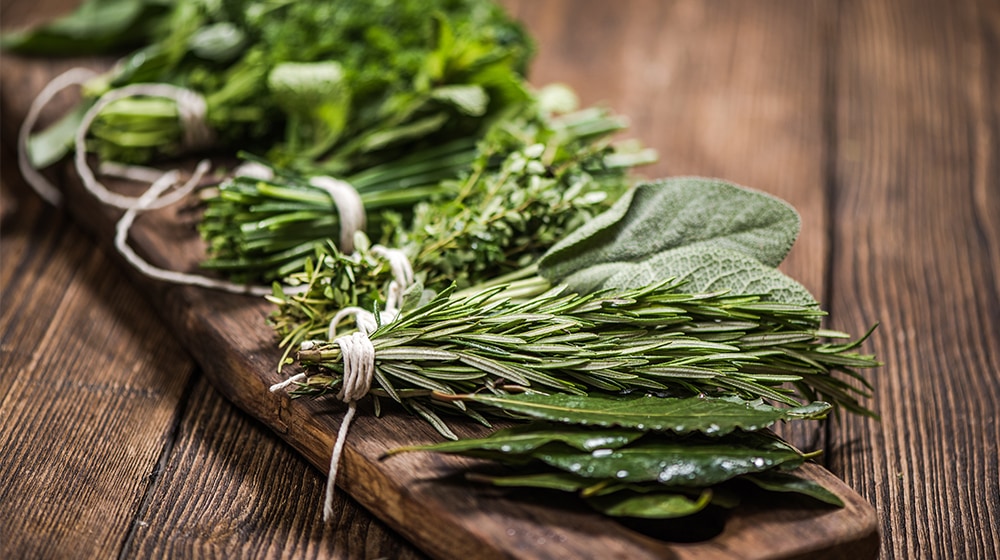
- Growing plants adds freshness to your indoor environment due to their air purifying qualities. So if you’ve been trying to figure out how to add some feng shui to your space, definitely consider starting your own DIY herb garden.
- Did we mention the well-earned bragging rights associated with the phrase, “Oh yeah, I grew this rosemary myself”. It’s an easy way to impress your friends and family, guaranteed.
- It’ll save you money in the long run. And let’s be honest, who doesn’t love saving money?
Rosemary
If given the correct care, rosemary can thrive indoors. Make sure to keep it near the brightest window in your home, allowing it to receive 6-8 hours of light a day. Too much water and not enough water will negatively affect your plant, so ensure the soil is kept damp at all times, and allow for good drainage.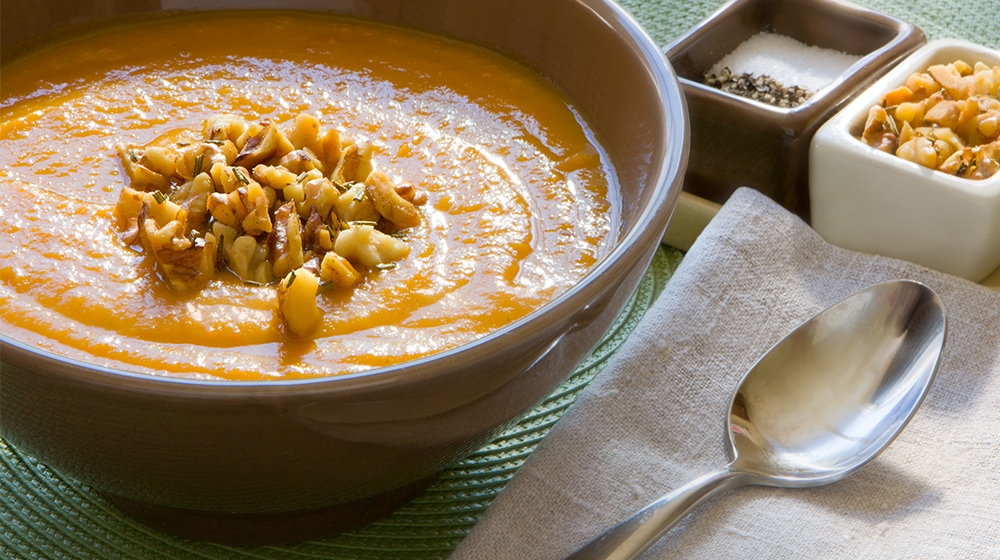
Parsley
Like rosemary, parsley also requires a container that has good drainage. Keep your parsley plant in a bright window, making sure to add 1-2 inches of water to your plant each week. When you’re ready to pick the parsley, clip the leaves off the outside stems of the plant first, allowing growth to regenerate from the middle of the plant.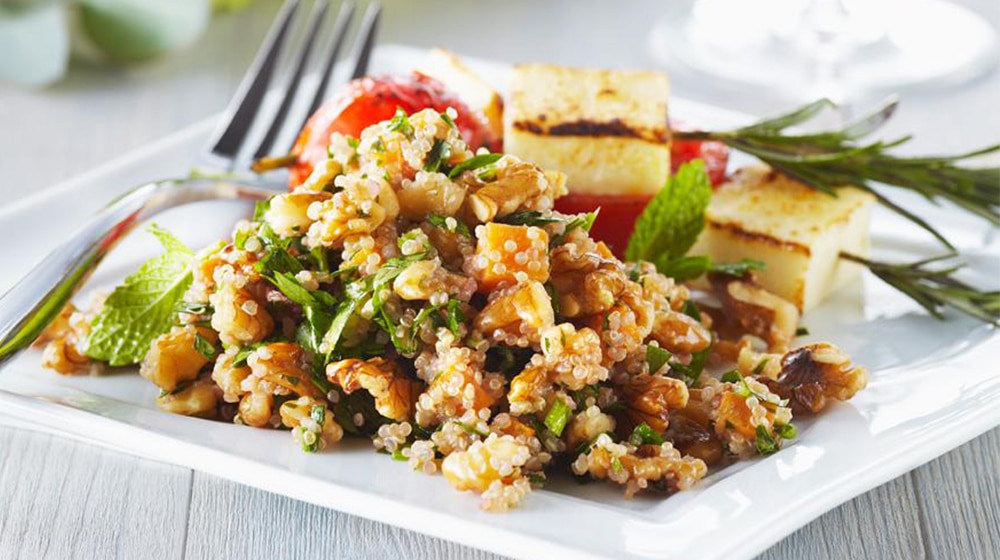
Parsley not only makes a great garnish for your meals, but also adds bold flavor to your dishes. For a delicious and savory snack, try dunking veggies in Walnut Parsley Dip. Middle Eastern-inspired Walnut Tabouleh combines parsley, mint, and toasted walnuts to create a fragrant side dish with a flawless combination of textures.
Mint
Mint is a simple plant to grow indoors at any time of the year. Although it requires less direct sunlight than parsley and rosemary, keep your mint plant in a bright, sunny room, with roughly 4-6 hours of indirect sunlight a day. To ensure optimal growing, keep your plant moist. Not too dry, not too wet.
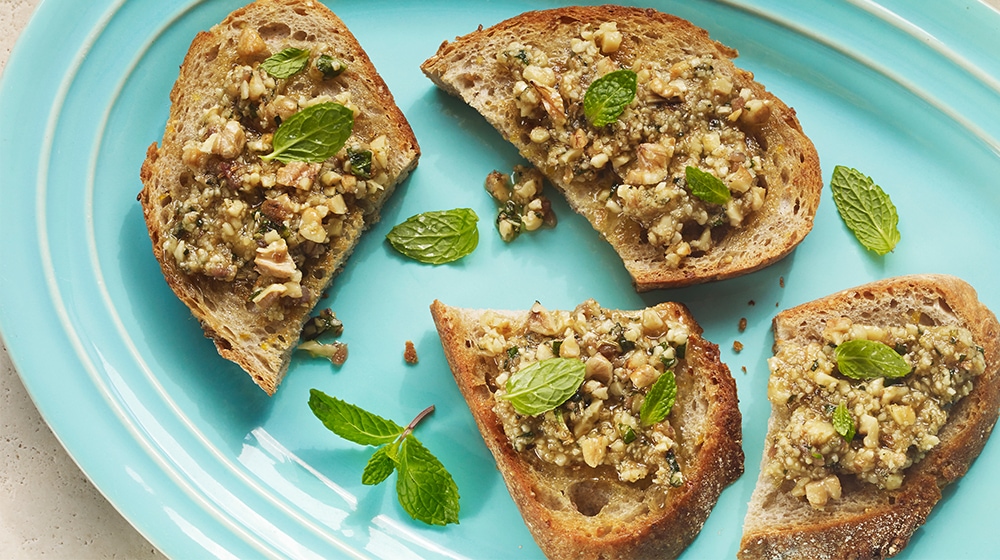
Mint might just be one of the most versatile herbs that can be homegrown. The leaves can be used to make tea or to embellish drinks and desserts (hello mint ice cream!). If you’re heading to a potluck or looking to entertain guests, these Walnut, Fennel and Mint Toasts are sure to please and impress.
Once you master these three herbs, feel free to dip your toes into the world of herb growing! There are many other commonly used herbs that can be grown indoors: chives, basil, oregano, cilantro, thyme, sage – the possibilities are endless!
And, your tastebuds will thank you!



